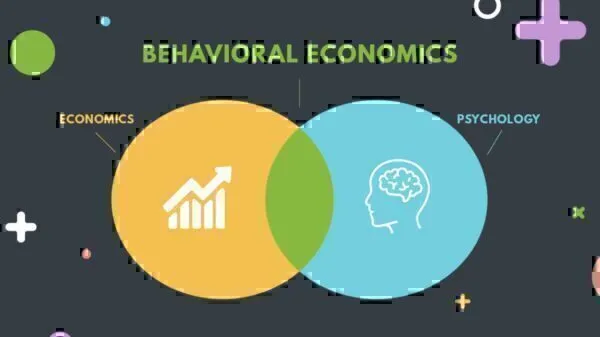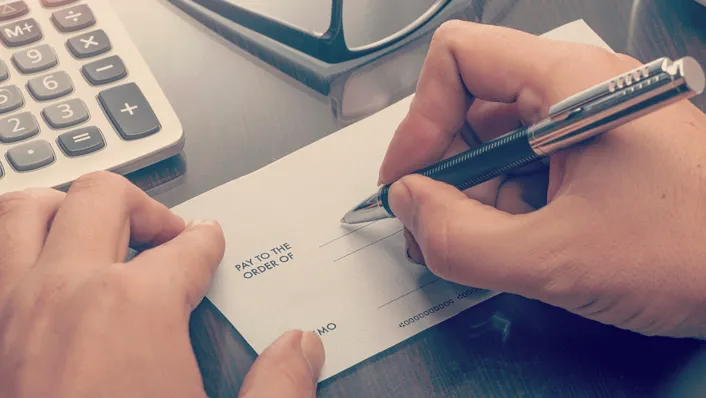free online financial education
Explore GreenPath’s LearningLab for all things financial. GreenPath brings you well researched courses and tools to enable a better understanding of money for a healthy financial life.
or Login
or Login


Financial Courses
This intuitive online portal offers users easy-to-use educational experiences. Simply log on to access engaging, hands-on “Choose your own Adventure” style coursework to build financially healthy habits.
-
Online Course: Mortgage Refinance 101
Course Length: 10 MinutesIf you’re considering refinancing your current mortgage, we can help you understand your options! Depending on the terms of your current loan and how long you plan
-
Online Course: Behavioral Economics
Behavioral Economics is the study of why people spend money the way they do. Understanding how you approach financial decisions can help to empower you with everyday money choices.
-
Online Course: Housing 101
Steps to take to get before diving into the housing market. Because buying a home involves some major decisions.
-
Online Course: Forbearance and other Mortgage Payment Options
In the face of this financial uncertainty, millions of Americans have chosen to set up a forbearance to pause payments on their mortgages.
-
Cursos en Línea: CheckRight Español – Cuentas de Cheques
En este curso seguirás a Verónica y Nicolás mientras interactúan con sus nuevas cuentas.
-
Online Course: Making the Most of Your Money
The course provides you with confidence to create a game plan for how to best use a lump sum of money.
-
Online Course: Paying Down Your Credit Card
This online learning experience provides options to pay down credit card debt. It features stories of individuals who are tackling credit card debt.
-
Online Course: A1 Credit Tool
This helpful learning experience is a good match for anyone looking for a foundation when it comes to credit, budgeting and savings.
-
Online Course: Debt Repayment Options – Which One is Right for Me?
Looking for the best options to pay down debt? A free online class helps you get motivated to take action and understand where to start.



An Interactive & Engaging
Learning Experience
Do you understand how credit scores are calculated? Can you navigate housing finances, or figure out how to prioritize your budget in the face of income loss? You now have free access to detailed, trusted learning experiences via GreenPath’s LearningLab+.
The GreenPath LearningLab+ provides you with interactive and engaging online courses to improve your financial habits, manage your checking account, increase your credit score and more!


Frequently Asked Questions
Yes, everything in the LearningLab is completely free. As a nonprofit, part of GreenPath’s mission is to give people access to tools to better reach their financial goals.
Courses range from 10 minutes to 25 minutes, but are designed so that you can take as little or as long as you like. For example, if you have 5 minutes, you can start a course and resume where you left off at a later time.
Yes, the LearningLab courses are optimized for your smartphone, tablet (such as an iPad), laptop or desktop computer.
Yes, we have courses available in Spanish, including one on managing checking accounts and one with worksheets for budgeting and credit. If you are bilingual and know someone who is interested and prefers Spanish, they may benefit from your help setting up the account and navigating to the courses in Spanish.
Sí, tenemos cursos disponibles en español. Uno sobre administración de cuentas corrientes y otro con hojas de trabajo para presupuestos y crédito. Si usted es bilingüe y conoce a alguien prefiereespañol, pueden beneficiarse de su ayuda para configurar la cuenta y navegar a los cursos en español.
- Click the register button at the top of this page.
- Enter your email address and choose a password and enter it again to confirm.
- Click the “sign up” button.
- Read and accept our Privacy Policy.
- Check your inbox and open the email from LearnUpon.
- Click the link in the email to confirm your account.
- Complete your profile, entering your name, demographic info and financial goals.
- Click on the “Go to Catalog” button.
- Select a course or filter by topic and click “enroll.”
- Click “start” from the course homepage.
See below for a video tutorial.












